


The Jewett was an automobile built in Detroit, Michigan by the Paige-Detroit Motor Car Company from March 1922 through December 1926. The Jewett was named after Harry M. Jewett, president of Paige-Detroit. [1]



The Jewett was an automobile built in Detroit, Michigan by the Paige-Detroit Motor Car Company from March 1922 through December 1926. The Jewett was named after Harry M. Jewett, president of Paige-Detroit. [1]
After the first 17 months of production, approx. 40,000 vehicles were sold. The car was marketed as a Jewett 'Six' — a companion to the Paige, the primary product of Paige-Detroit. The 1922-24 cars had a 50 h.p. Jewett motor, the 1925 cars had a 55 h.p. Jewett motor and the 1926 cars had a 40-hp Continental motor. For several years, Jewett cars featured a powerful straight-six engine that could climb mountains. The last of the vehicles were available with hydraulic brakes. [1]
The company was purchased by the Graham Brothers on January 3, 1927, and the Jewett became a Paige, for that year only. The car was then rebranded as a Graham-Paige for 1928 only. [1]
Embedded in the dashboard of every Jewett was an amulet, visible on the passenger side as a dash-plate. Harry's wife Mary was something of a spiritualist, and these amulets were purported to have mystical power that protected the occupants. Harry Jewett's estate, once a great plantation, has all but vanished. The ruins near Rose City in Northern Lower Michigan are still visible. Discussions about restoring parts of the estate as a historical park have not yet borne fruit. [2]
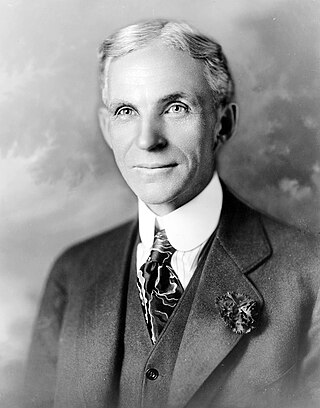
Henry Ford was an American industrialist and business magnate. He was the founder of Ford Motor Company, and chief developer of the assembly line technique of mass production. Ford created the first automobile that middle-class Americans could afford, and his conversion of the automobile from an expensive luxury into an accessible conveyance profoundly impacted the landscape of the 20th century.

Hupmobile was an automobile built from 1909 through 1939 by the Hupp Motor Car Company of Detroit. The prototype was developed in 1908.
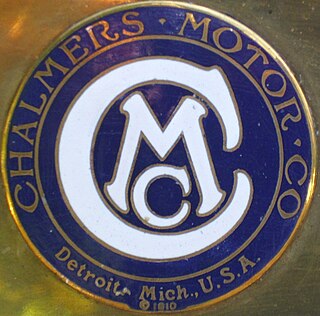
Chalmers Motor Company was an American car company headquartered in Detroit, Michigan. The company started in 1908 and continued producing high-end vehicles until 1923, when it merged with Maxwell forming the basis for the Chrysler Corporation.
Paige was a Detroit, United States-based automobile company, selling luxury cars between 1908 and 1927.
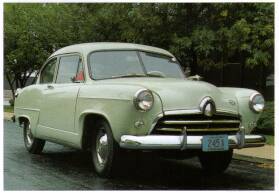
Kaiser Motors Corporation made automobiles at Willow Run, Michigan, United States, from 1945 to 1953. In 1953, Kaiser merged with Willys-Overland to form Willys Motors Incorporated, moving its production operations to the Willys plant at Toledo, Ohio where they continued to build automobiles under the Kaiser marque including the Kaiser Darrin until 1955. Their South American operations continued to build passenger cars well up into the 1960s. The company changed its name to Kaiser Jeep Corporation in 1963.
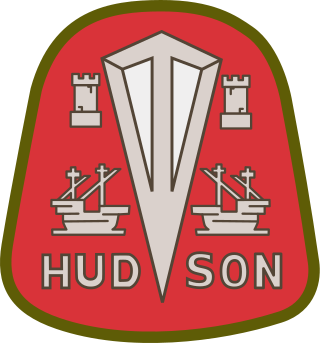
The Hudson Motor Car Company made Hudson and other branded automobiles in Detroit, Michigan, U.S., from 1909 until 1954. In 1954, Hudson merged with Nash-Kelvinator to form American Motors Corporation (AMC). The Hudson name was continued through the 1957 model year, after which it was discontinued.
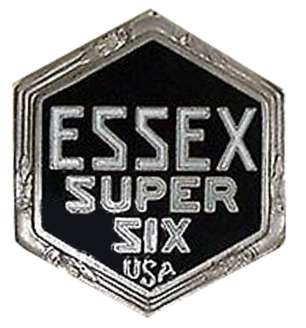
The Essex was a brand of automobile produced by the Essex Motor Company between 1918 and 1922, and by Hudson Motor Car Company of Detroit, Michigan between 1922 and 1933.

Ransom Eli Olds was a pioneer of the American automotive industry, after whom the Oldsmobile and REO brands were named. He claimed to have built his first steam car as early as 1887 and his first gasoline-powered car in 1896. The modern assembly line and its basic concept is credited to Olds, who used it to build the first mass-produced automobile, the Oldsmobile Curved Dash, beginning in 1901.

The Brass Era is an American term for the early period of automotive manufacturing, named for the prominent brass fittings used during this time for such features as lights and radiators. It is generally considered to encompass 1896 through 1915, a time when cars were often referred to as horseless carriages.
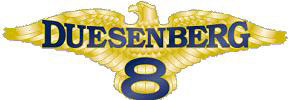
Duesenberg Automobile and Motors Company, Inc. was an American racing and luxury automobile manufacturer founded in Indianapolis, Indiana, by brothers Fred and August Duesenberg in 1920. The company is known for popularizing the straight-eight engine and four-wheel hydraulic brakes. A Duesenberg car was the first American car to win a Grand Prix race, winning the 1921 French Grand Prix. Duesenbergs won the Indianapolis 500 in 1924, 1925, and 1927. Transportation executive Errett Lobban Cord acquired the Duesenberg corporation in 1926. The company was sold and dissolved in 1937.
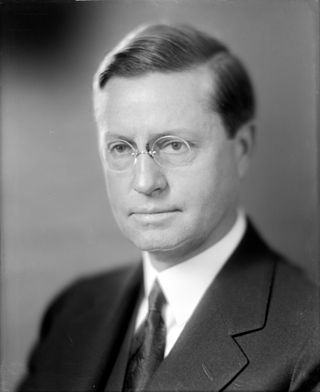
Roy Dikeman Chapin Sr. was an American industrialist and a co-founder of Hudson Motor Company, the predecessor of American Motors Corporation. He also served as the United States Secretary of Commerce from August 8, 1932, to March 3, 1933, during the final months of the administration of President Herbert Hoover.

The Star was an America automobile marque that was assembled by the Durant Motors Company between 1922 and 1928. Also known as the Star Car, Star was envisioned as a competitor against the Ford Model T and Chevrolet. In the United Kingdom, it was sold as the Rugby, to avoid confusion with the British marque.

Graham-Paige was an American automobile manufacturer founded by brothers Joseph B. Graham (1882-1970), Robert C. Graham (1885-1967), and Ray A. Graham (1887-1932) in 1927. Automobile production ceased in 1940, and its automotive assets were acquired by Kaiser-Frazer in 1947. As a corporate entity, the Graham-Paige name continued until 1962.

Barley Motor Car Co. was a manufacturer of luxury automobiles in Kalamazoo, Michigan, and Streator, Illinois. It manufactured the Roamer automobile (1916–29) and briefly, the Barley (1922–24), and the Pennant (1924–25).
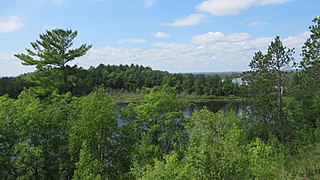
Rifle River State Recreation Area is a state park located on the upper reaches of the Rifle River within the Au Sable State Forest in Ogemaw County in the U.S. state of Michigan. Covering 4,449 acres (1,800 ha), the area provides a variety of recreational opportunities, including boating, canoeing, hiking, hunting, fishing, cross-country skiing, biking, and swimming.
The Jewett Five-Passenger Coach was manufactured for the Jewett marque of the Paige-Detroit Motor Car Company of Detroit, Michigan.
Continental Motors Company was an American manufacturer of internal combustion engines. The company produced engines as a supplier to many independent manufacturers of automobiles, tractors, trucks, and stationary equipment from the 1900s through the 1960s. Continental Motors also produced automobiles in 1932–1933 under the name Continental Automobile Company. The Continental Aircraft Engine Company was formed in 1929 to develop and produce its aircraft engines, and would become the core business of Continental Motors, Inc.
Flint Wagon Works of Flint, Michigan, manufactured wagons from the early 1880s. One of the world's most successful horse-drawn vehicle makers they formed with their Flint neighbours a core of the American automobile industry. In 1905 Flint was promoting itself as Flint the Vehicle City. The former site is now located in the neighborhood of Flint known as "Carriagetown".
The Welch Motor Company was an American automobile company headquartered in Chelsea, Michigan. It started in 1901 and continued production of luxury vehicles until 1911 when it merged with General Motors.